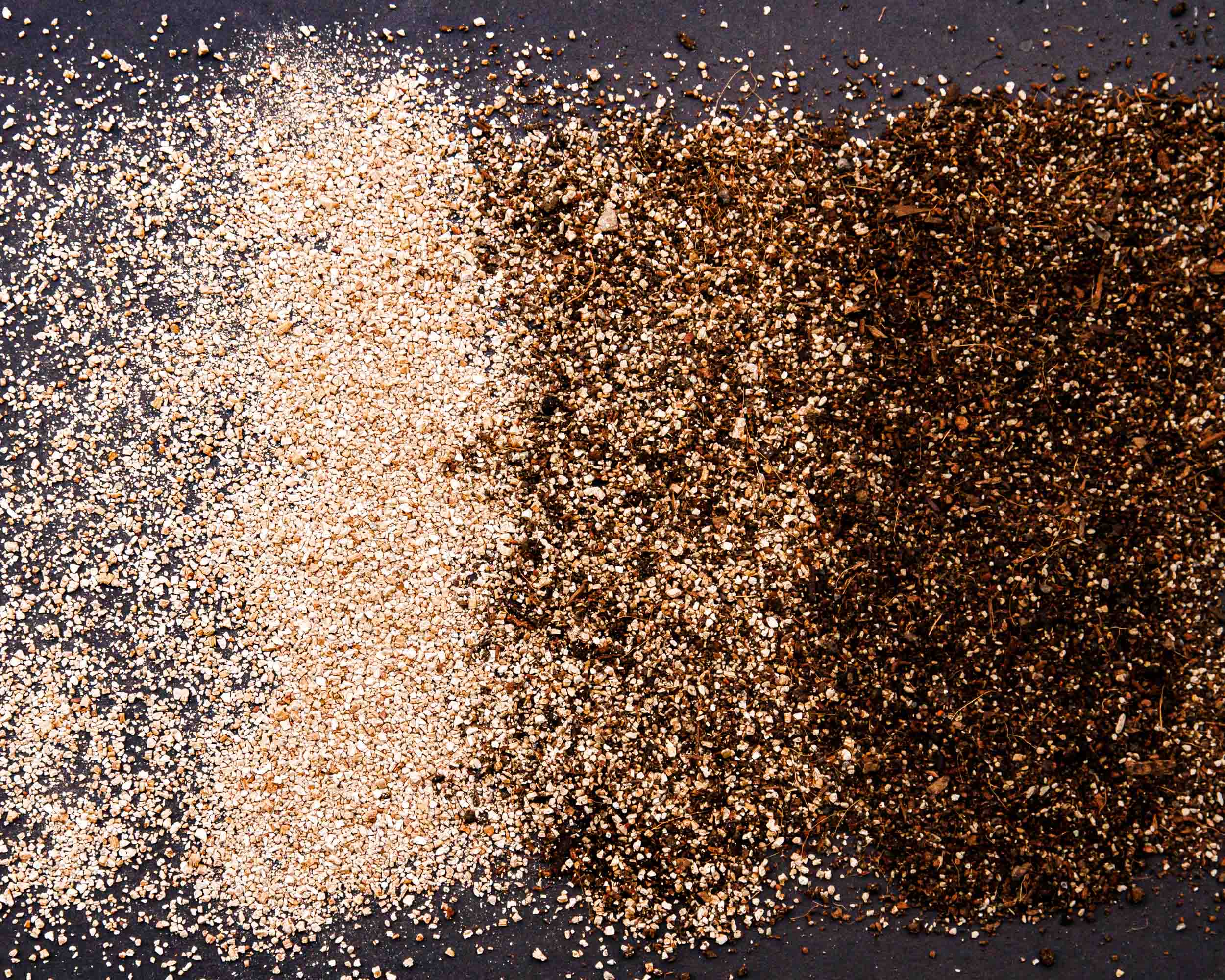Ideal Temperatures for Germination
Each species has its own preferred unique range of ideal germination temperatures. To some degree their temperature preferences do correlate with when they'd ideally like to be sown. Zinnias for example are frost tender and do not like the cold one bit, so they will wait till it's warmer later in spring to germinate. Where as larkspurs are the opposite, they don't particularly like the heat so will not germinate when it is still hot in summer, instead waiting for it to cool down in autumn until they are naturally triggered by cooler temperatures to germinate.
If you are sowing seeds directly into your garden these temperatures are especially important to note as you will be more at the whim / or in sync with nature (depending on which way you want to look at it).
If however you want to get a jump on the season and plant out transplants when you'd typically only just be able to sow seeds directly outside (buying you a good month or two head start at times), then some form of additional heat can be game changing to your germination rates. It could be as simple as your hot water cupboard (so long as your seeds don't need light to germinate), through to all the many DIY heat mat set-ups to be found around the internet, or a bought plug-in ready heat mat. Whatever you use, you will have more control if you can adjust the temperature with some form of a thermostat, it is not essential but it does give you more options to cater to what you're sowing at any given moment.
Later in spring and in early autumn heat mats really aren't needed for most seeds, but for sowing in the cooler months having your trays at your seeds ideal temperatures speeds up germination (and reduces any chance for them to languish and rot in the cold before germinating so also does improve germination rates), and it also helps everything germinate more uniformly and at once so you're not waiting around for half the tray to germinate when half already has.
I love the Ag Pads from Nu-Klear, along with their thermostat, it's super easy to just plug in, cover with leftover greenhouse plastic (to protect the pads as they're not designed to be in direct contact with soil & water etc), set the temperature and I'm away! They last a very long time, I've had mine for years so they quickly pay their way.

While each species does have it's precise temperature preferences for ease of use and memory, I’ve narrowed everything down to four different temperature settings for the vast majority of my seeds (all our seed packets use these temperature settings as guides):
NO HEAT
These varieties actually germinate best in cooler weather - temps over around 14°C might actually inhibit their germination. When it’s warmer I just pop their trays on the very bottom shelves in my propagation house out of the sun until they start germinating and needing better light.
LOW 17°C
16–18°C
When the daytime temps are warmer these varieties easily germinate without any additional heat - in fact if they germinate too warm they can leap out of their cells waaay too fast and get leggy in a blink. But if you want to start these varieties in the cold dead of winter a little additional heat goes a long way to speeding them up and making their germination much more uniform.
MEDIUM 21°C
18–24°C
These seeds do need a bit more heat than usual so either wait until the temps are naturally warm enough in spring - or germinate in any warm (and sunny for varieties that need light) space - but these varieties are where heat mats start becoming an important game changer - as a little controlled bottom heat can reliably speed up germination without compromising light (like hot water cupboards won’t work for any species that needs light to germinate).
HIGH 30°C
25–30°C
This is basically just the zinnias which are best at 29-30°C - Zinnias can and will germinate at lower temps but one of the keys to getting a higher percentage of doubles is to never stress them out, so higher temps start them out with their best foot forward - or at least that's what I tell myself - either way they just about leap into life within 36-48 hours at this temp, which is always so very rewarding!



